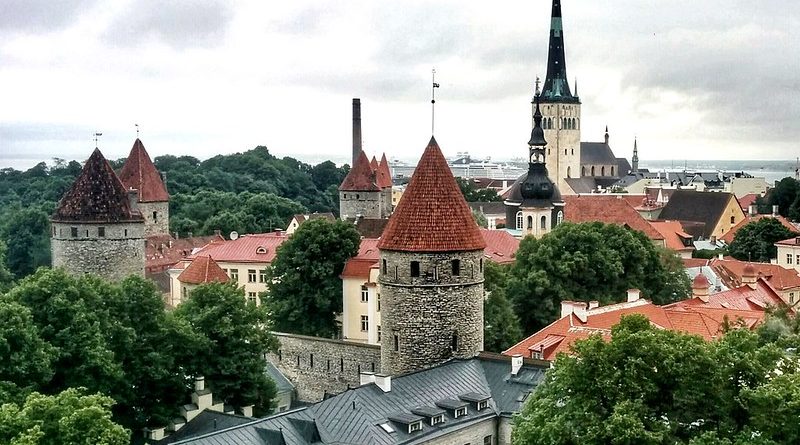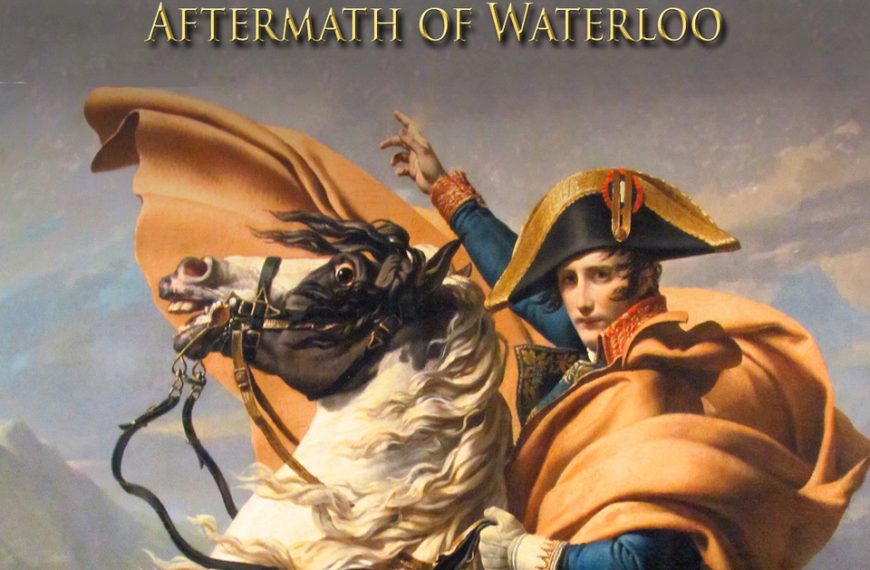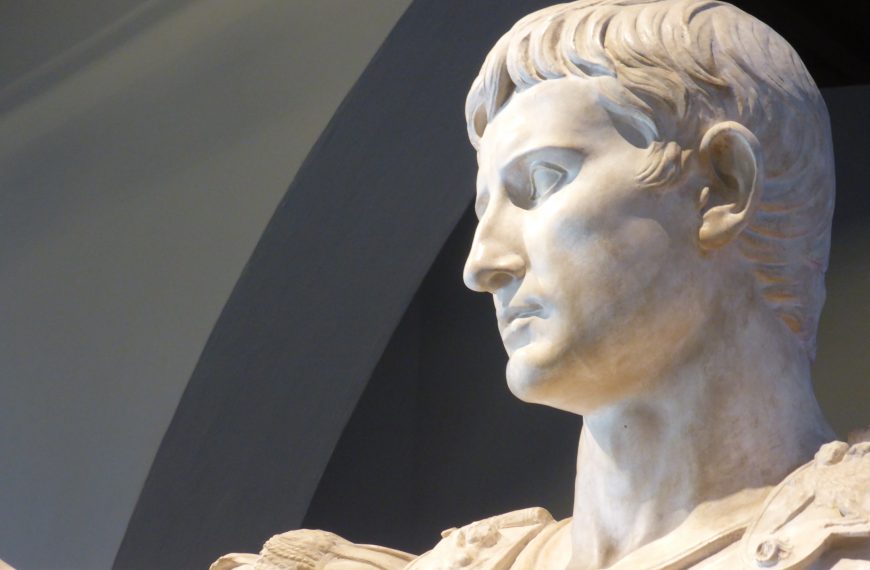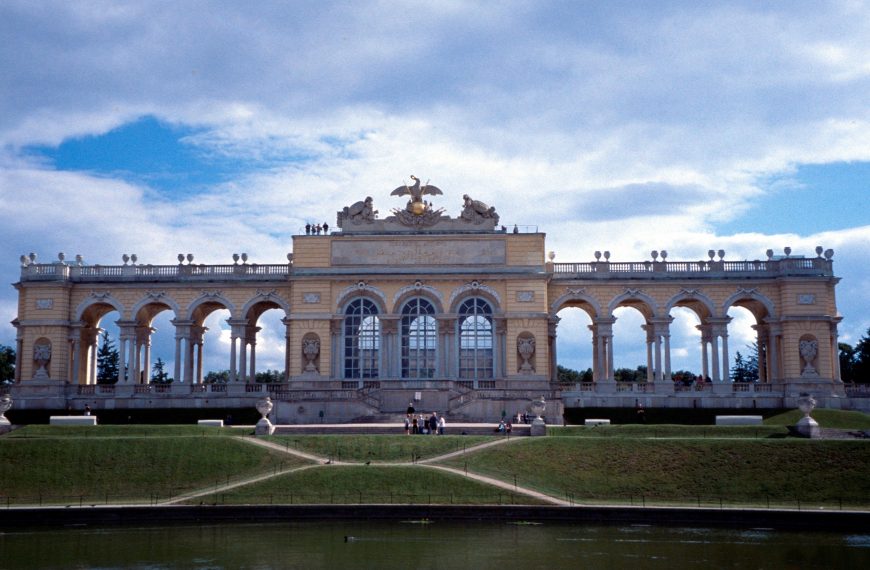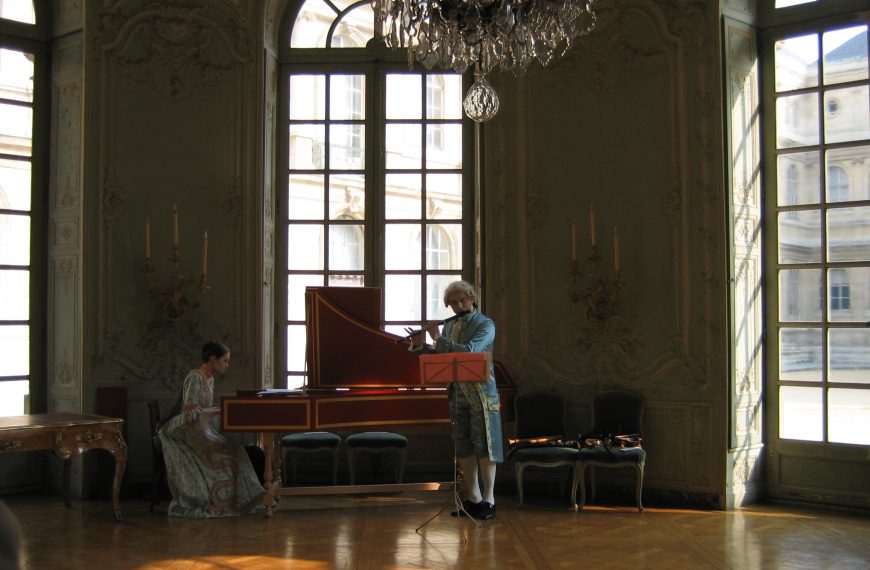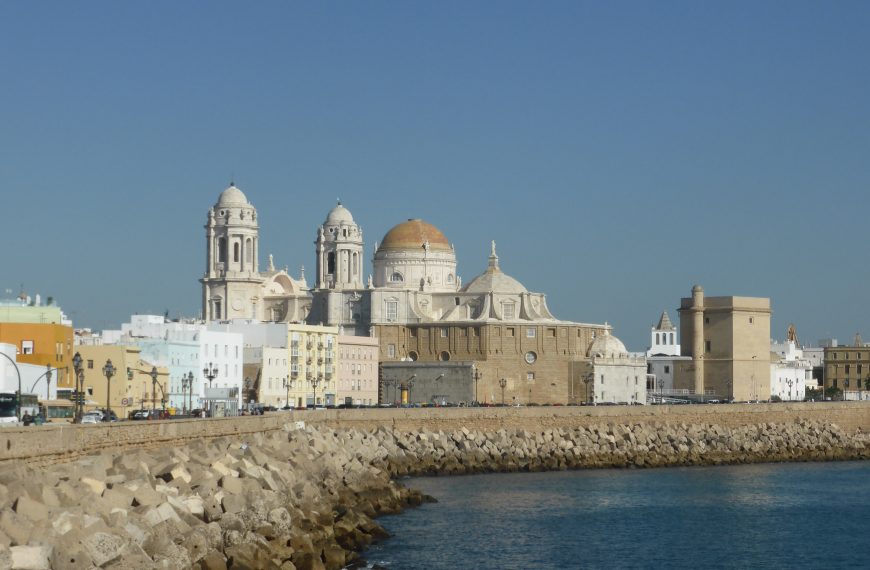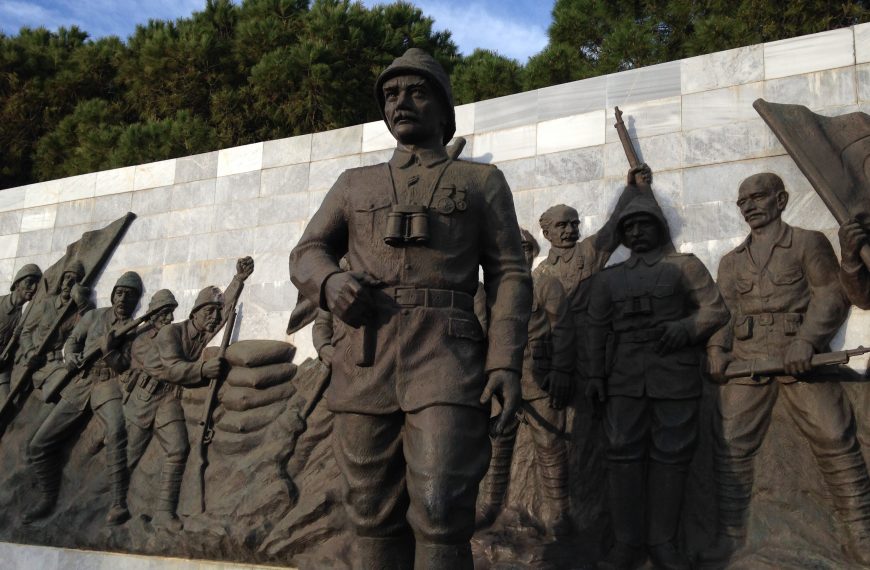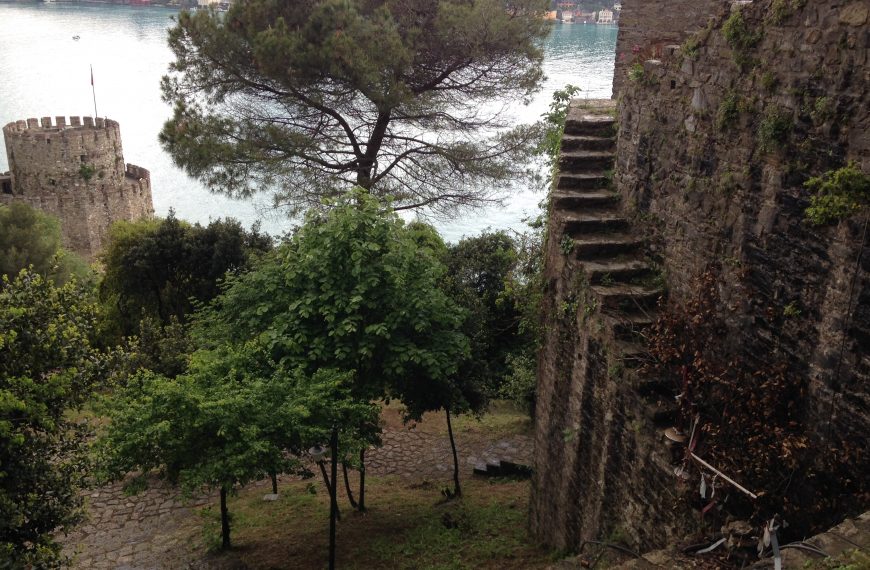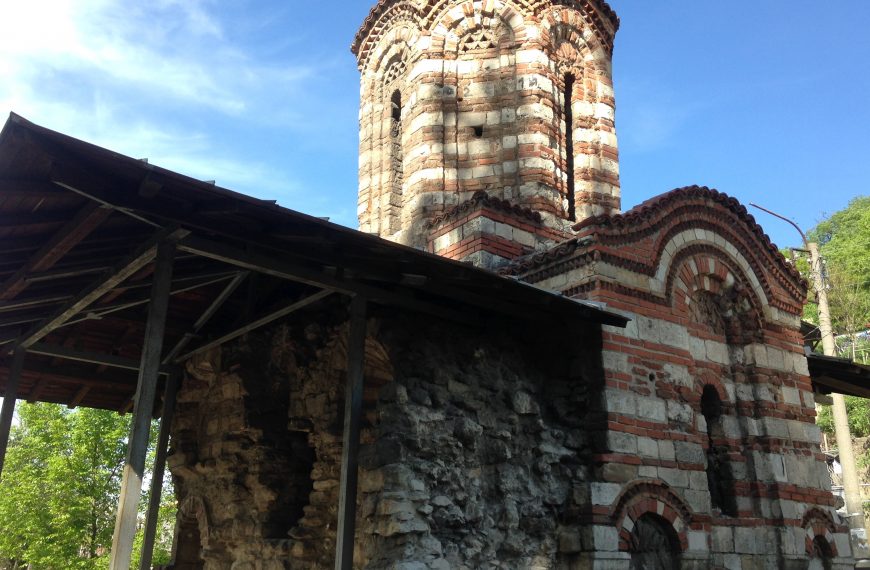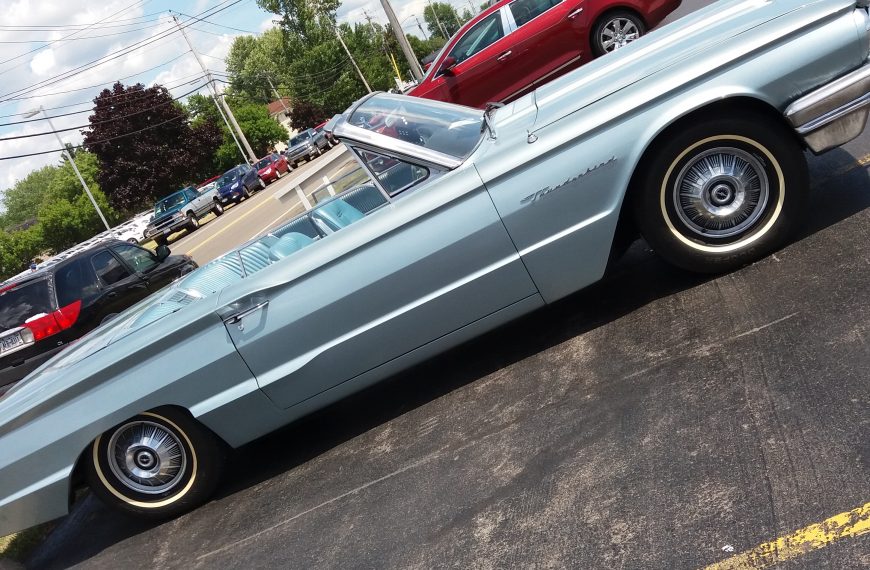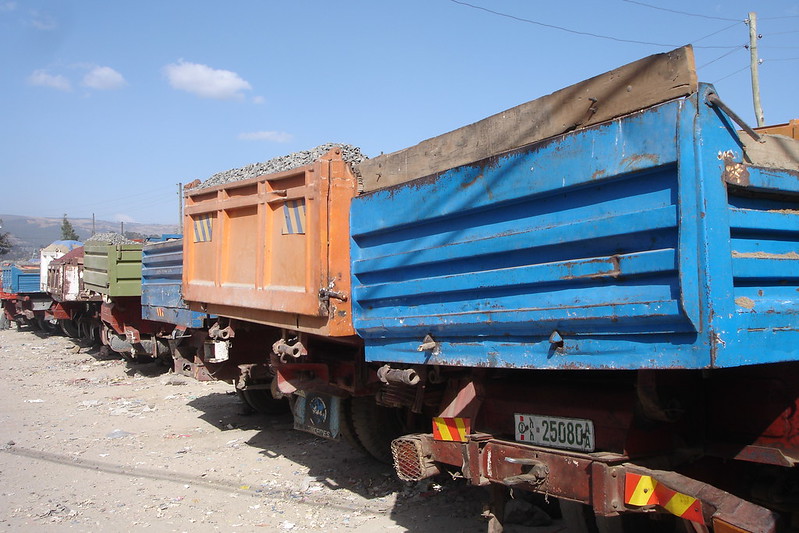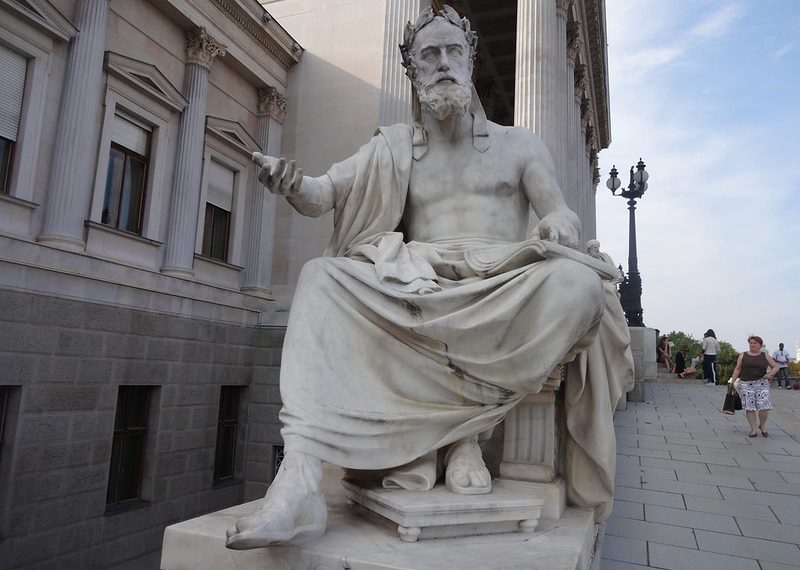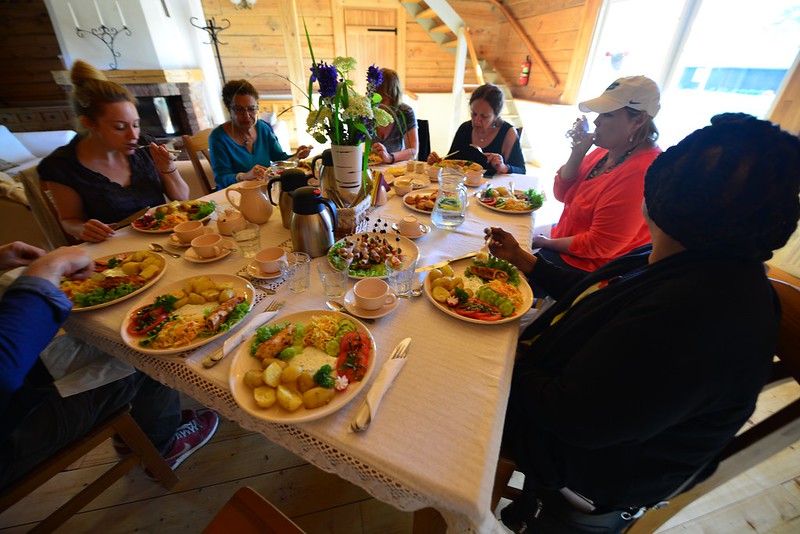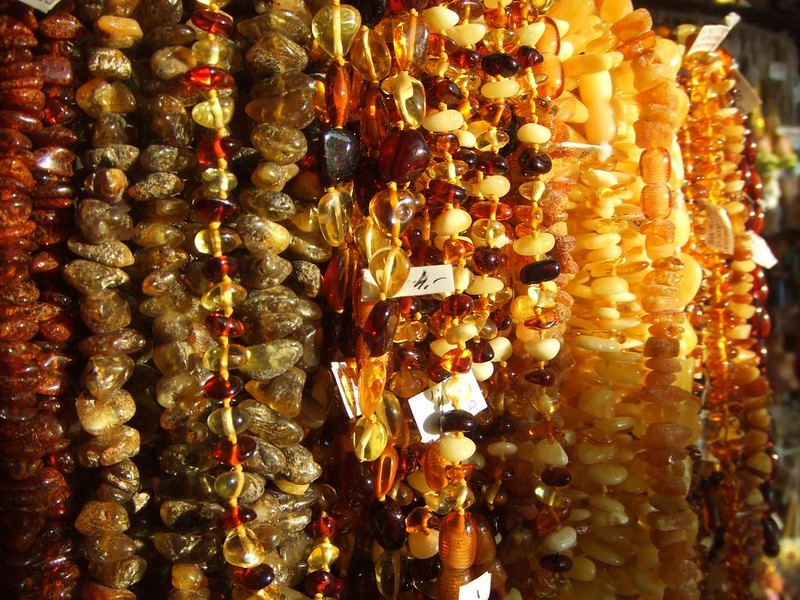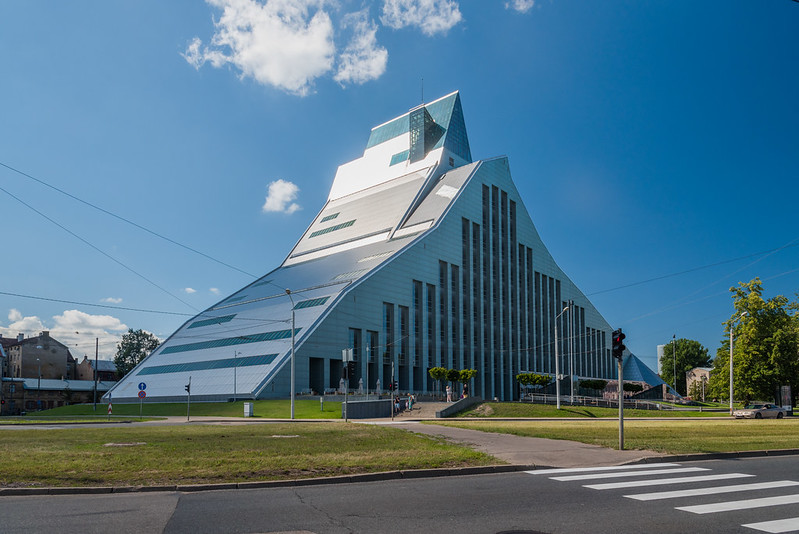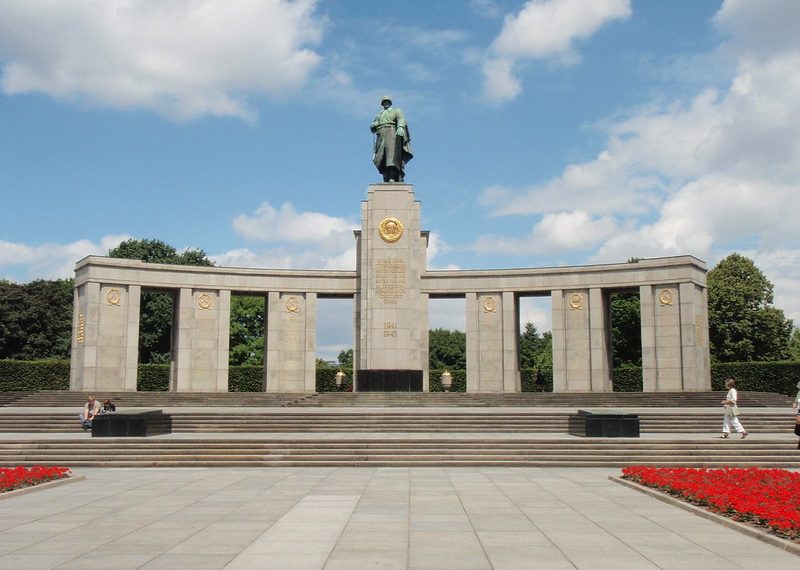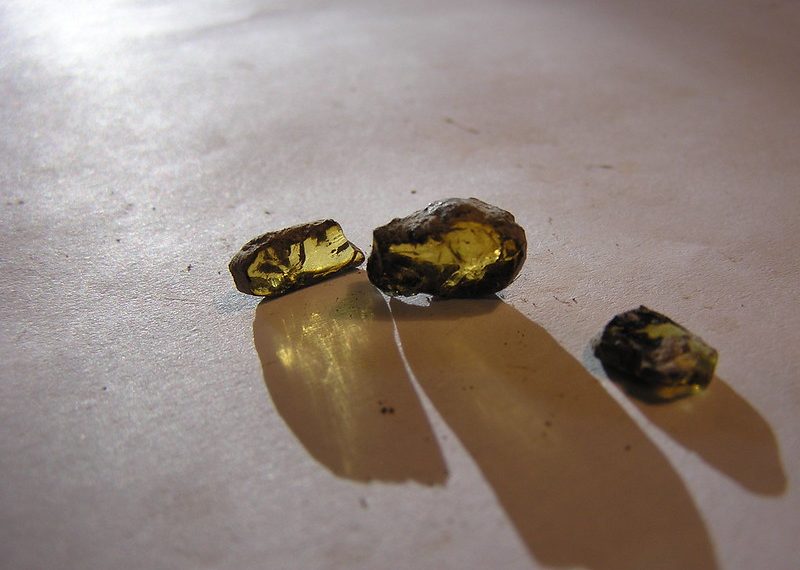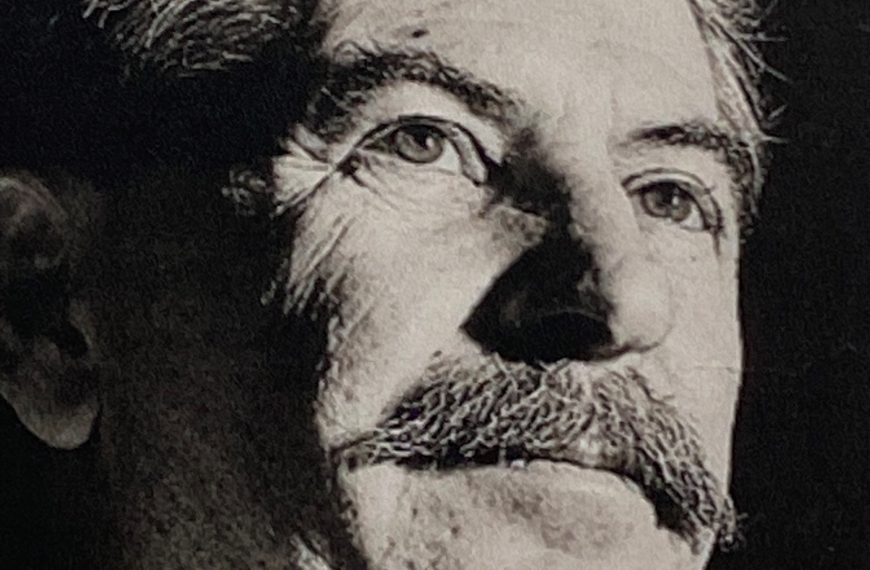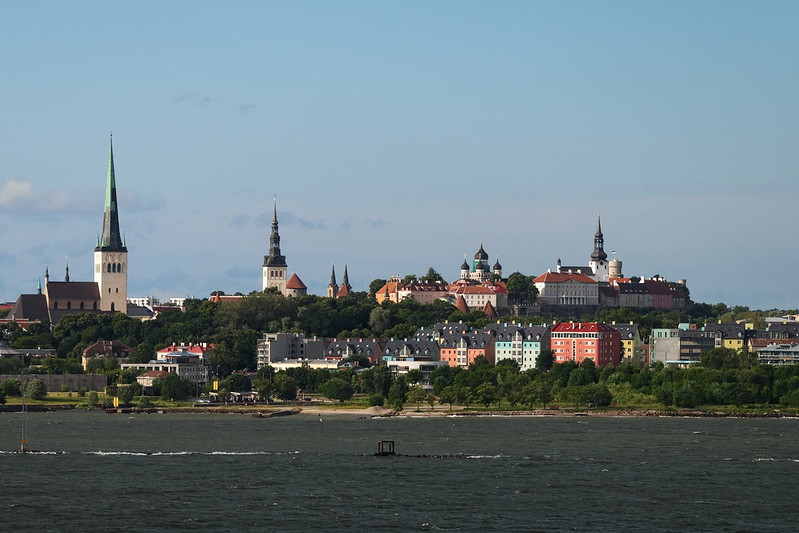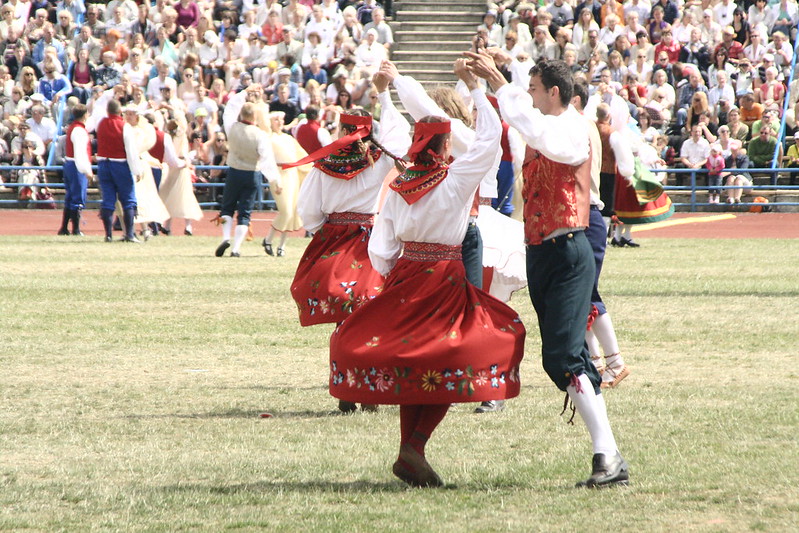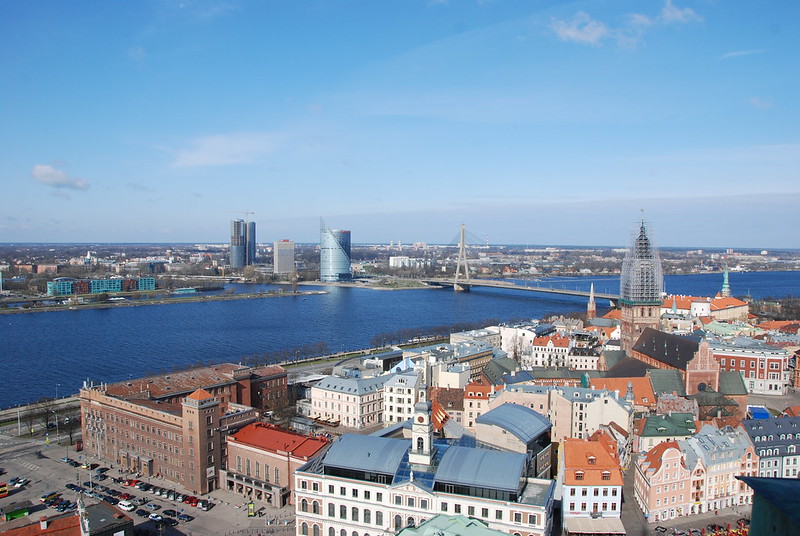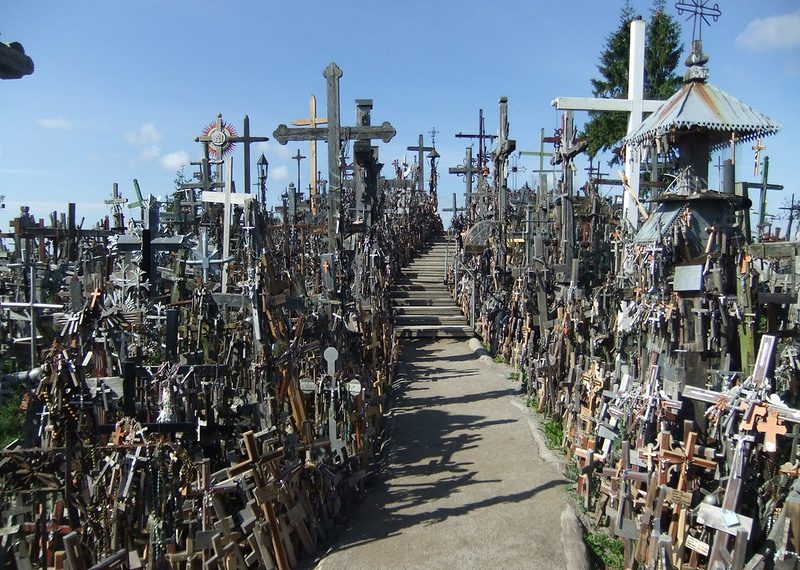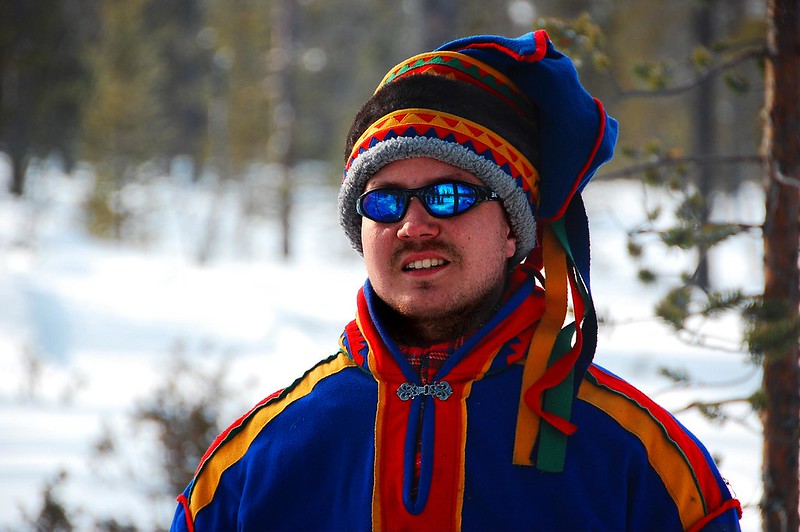The capital cities of Riga, Vilnius and Tallinn each have an individual character, boasting beautifully-preserved medieval buildings and fascinating museums reminiscent of their chequered histories. Lithuania is famous for its sweeping national parks and thriving plants and wildlife. Latvia boasts Riga as the largest and most vibrant city in the Baltic region, and Jurmala is a beautiful seaside town where you can explore the shores of the Baltic. Estonia’s medieval heritage is amazingly well preserved, especially in Tallinn’s Old Town, which is listed as a protected UNESCO site. Trying the varied regional cuisine of each country is also a good way to learn about local customs and delicacies. Wherever you travel within the Baltic States, you’ll find them rich in handicrafts, history, culture and natural beauty, as well as people eager to share them with you.
PRACTICAL INFO
Estonia
Currency: Euro (EUR)
- US $1= 0.74 Euro
- GBP £1= 1. 20 Euro
Exchange rate at time of writing. For up to date currency information, check xe.com.
Languages: Estonian is the national language which is a form of Finnic that is part of the Uralic languages.
Population: 1.4 million
Don’t Forget to Pack:
- Comfortable shoes
- Rain gear
- During the winter months the average temperature is 17°F (-8°C) so warm clothing is a necessity
- During summer months the average temperature is 70°F (21°C) so pack cool clothing
Latvia
Currency: Lat (LVL)
- US $1= 0.52 Lats
- GBP £1=0.84 Lats
- EUR €1= 0.70 Lats
Languages: Latvian, also known as Lettish, is the official language of Latvia. It is a Baltic languages and resembles Lithuanian.
Population: 2 million
Lithuania
Currency: Lita (LTL)
- US$1= 2.55 Litas
- GBP £1= 4.13 Litas
- EUR €1= 3.45 Litas
Languages: Lithuanian is the official language. It is a Baltic language that resembles Latvian.
Population: 3 million
MUST SEE & DO
- Kiek in de Kok: housing a large a medieval cannon tower with a name translated into English meaning “peek into the kitchen.” The museum also displays an intricate system of underground tunnels.
- Estonian History Musem: details the history of Estonia from the pre-historic time period to the 20th century.
- Olviste Church and Tower: for a time in the 16th- 17th century it was known as the tallest building in the world.
- Tallinn TV Tower: visit the highest building in Estonia and while at the top enjoy the cafe and its views.
- Bastion Tunnels: an underground network of tunnels built during the 17th century.
- Holy Spirit Church: a national treasure displaying the nations’s oldest timepiece.
- Toomkirik: Estonia’s oldest church
- Lahemaa National Park: the first landscape to be declared a national park by the Soviet Union
WHEN TO GO
The winter months are December to March when the temperatures drop below freezing and there is a loss of daylight. Winter is not suitable for the best travel experience. The best time to travel is late spring and early summer, April to June.
FOOD & DRINK
Meat and potatoes are the basis of traditional Estonian cuisine. Areas near water rely more heavily on fish. Four major foods that are a staple to an Estonian diet include beer, vodka, rye, and pork.
If you happen to over hear locals say “jatku leiba” before enjoying a meal it is their version of bon appetit, which translates to “may your bread last.”
TRAVEL
Buses: One of the best ways to travel in Estonia. They are more reliable, faster, and service more areas.
Cars: An international driver’s license is required.
Trains: Not as fast and efficient as the buses and service less areas.
Bicycles: A great way to get around, but be prepared because Estonians still do not know proper bike etiquette on the roads.
DRESS
It is advisable to dress conservatively in Estonia.
VISAS
All visitors to Estonia need a passport.
The USA, EU, and other European countries do not need a visa for up to 3 months.
For up to date information on visa requirements, please visit the Estonian Ministry of Foreign Affairs.
